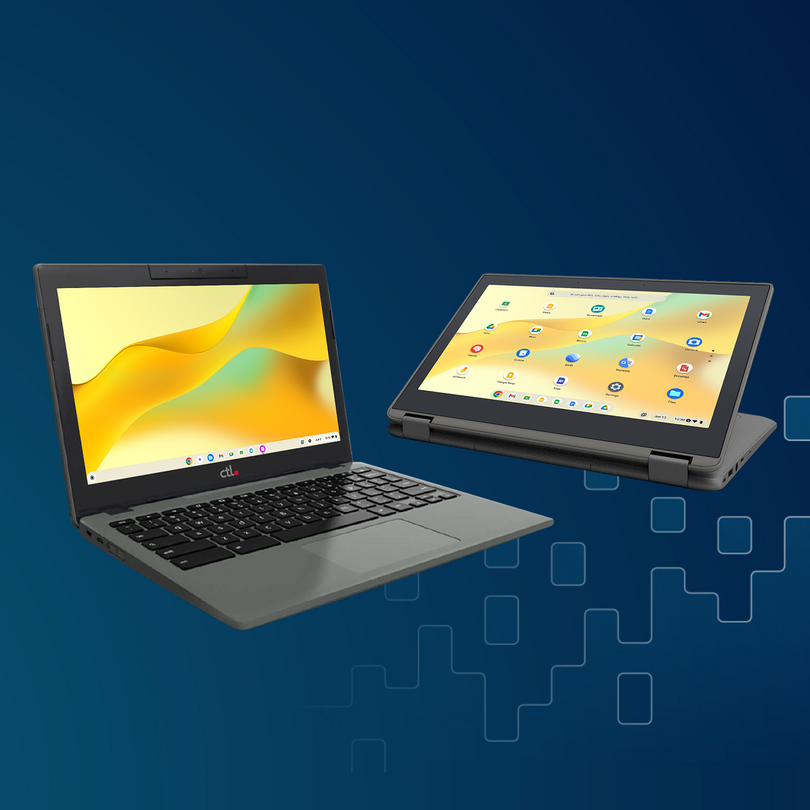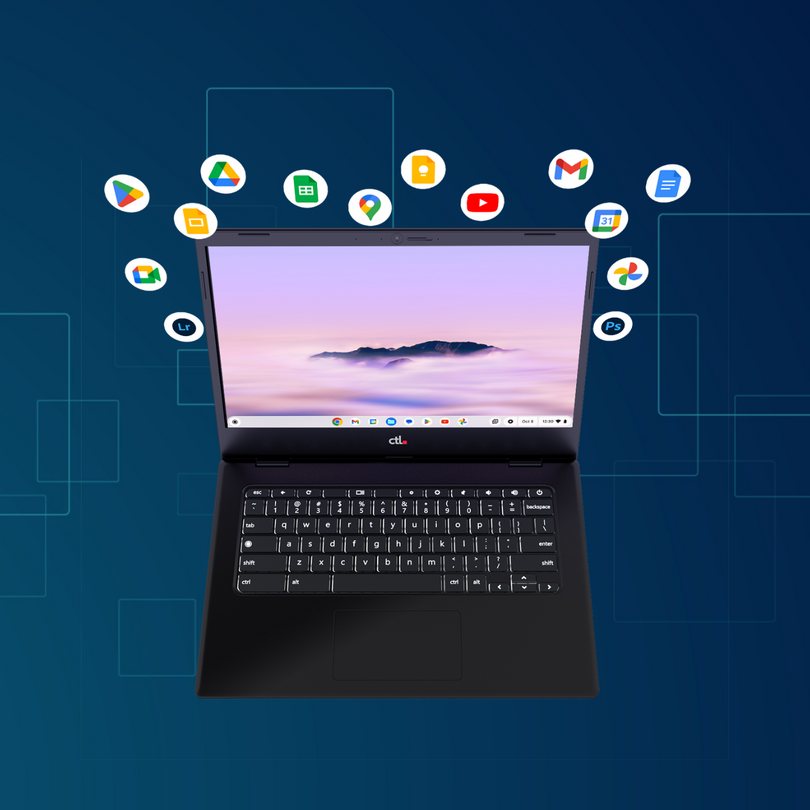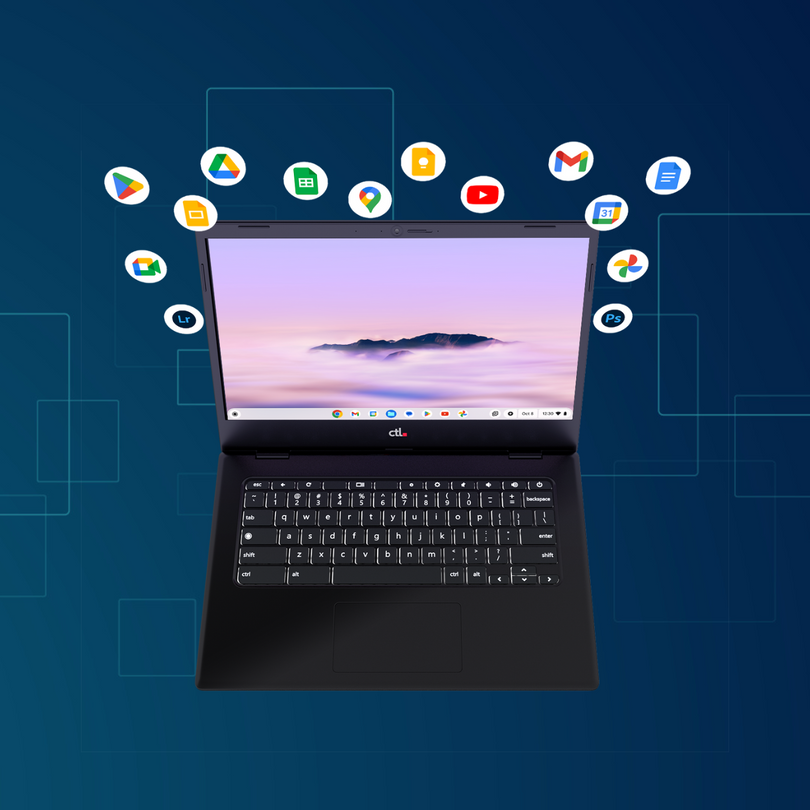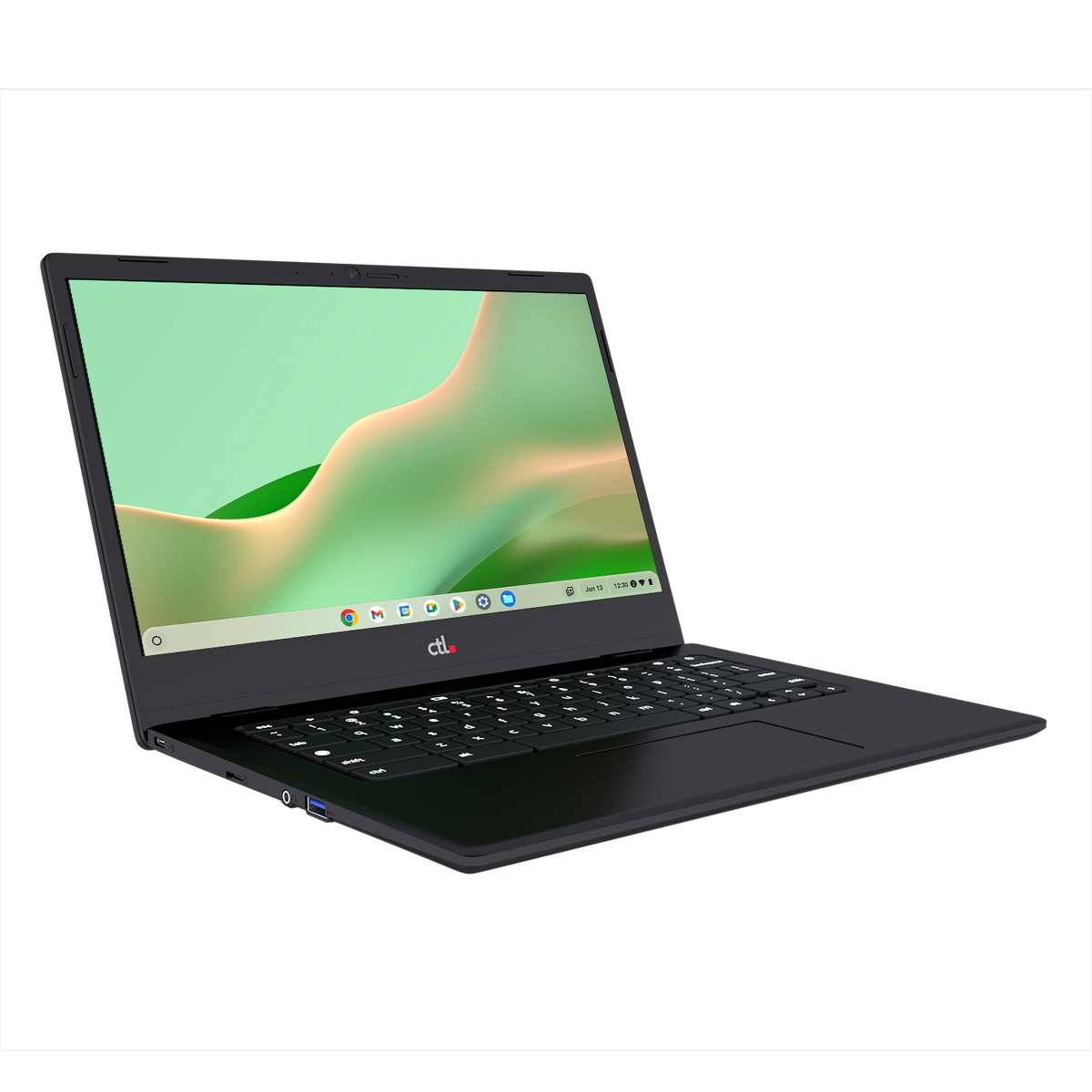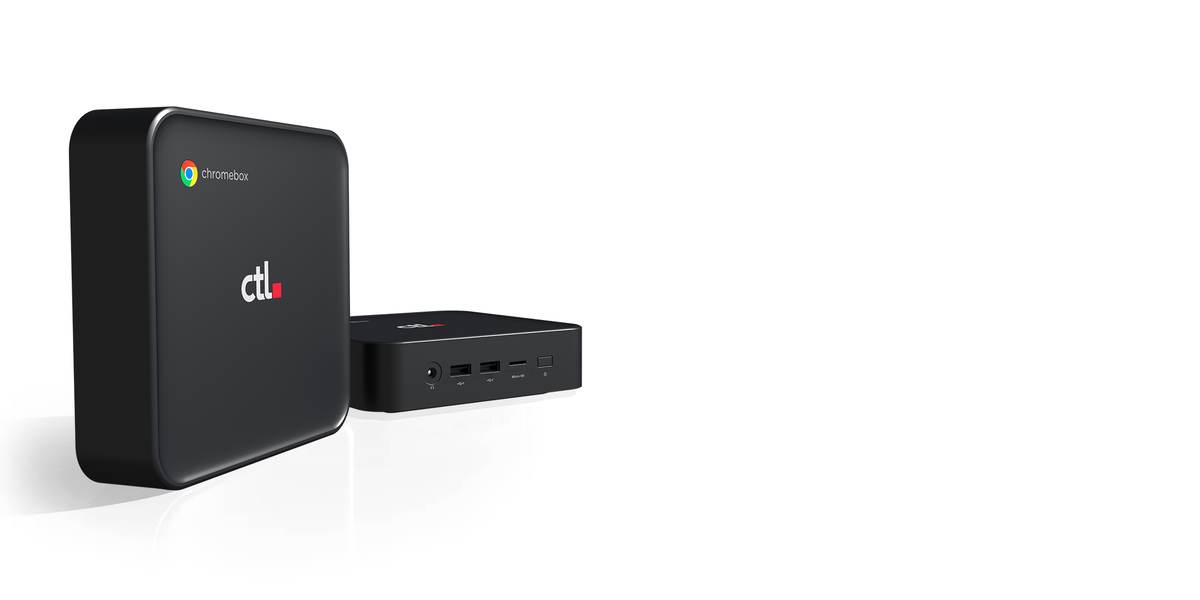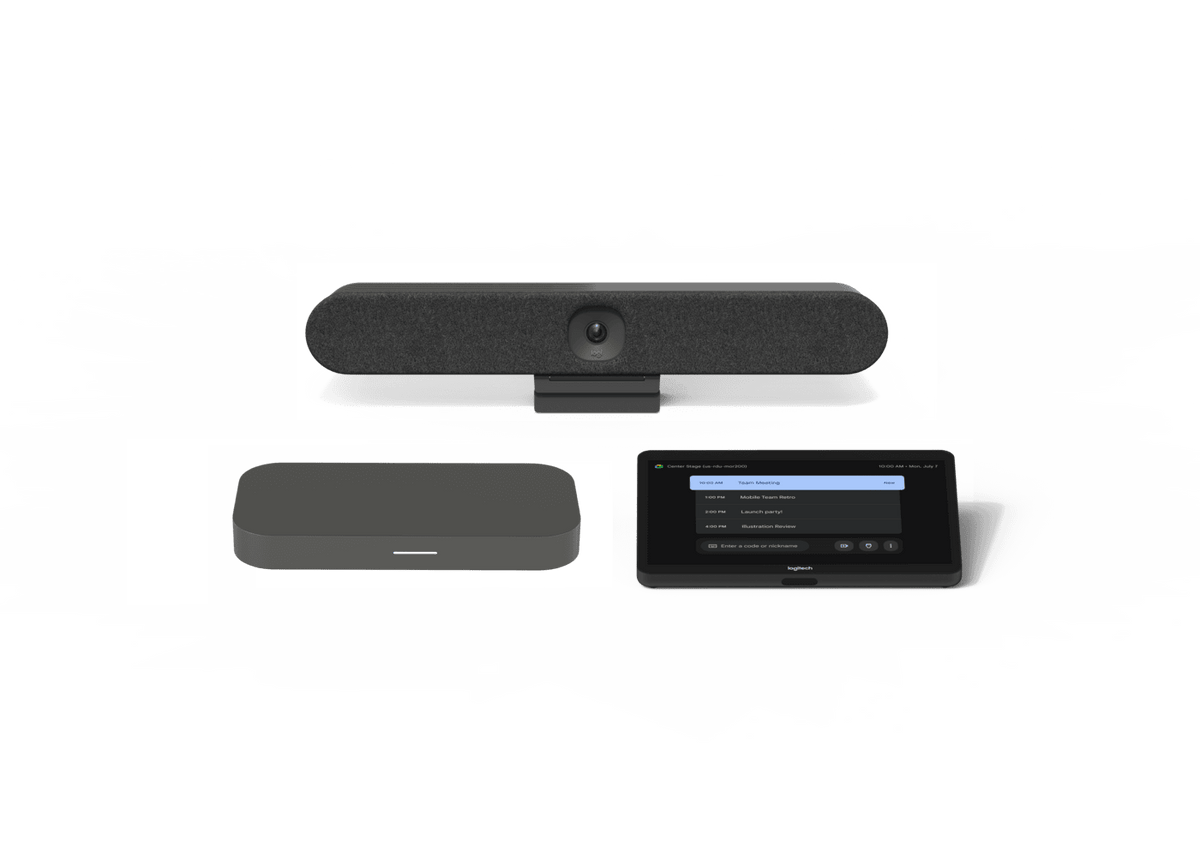Google’s Admin console helps school IT teams administer all student Chromebooks
Chromebooks in education continue to gain in popularity. Individual schools, networks and districts are utilizing Google Workspace for Education for their students’ own security and academic success. Plus, when you consider the range of Chrome OS devices, schools easily find the devices that best match their students’ learning needs.
Two tools that IT teams find extremely useful are the upgrade license and the Google Admin console. Together they can assist the management of Chromebook devices in a more operational and resourceful way.
Jointly, these tools let IT managers supervise, control, protect, and design a digital learning center that staff and students enjoy. This centralized portal additionally authorizes IT teams to arrange and provide remote support to thousands of Chromebooks across a district, network or institution via a single interface.
Here are three methods for Google Admins to more easily manage student Chromebooks:
1. Familiarize Yourself with Google Admin Console Settings
When education groups purchase Chromebooks, their IT teams begin a process of linking them together in their existing Google Workspace environment. Once finished, the team may manage multiple areas within it, such as installing updates, sign-in security, integration with other IT systems, and accessibility from a single point in the Admin console for all Chromebooks. Within this console, staff may enable/disable student Chromebooks when needed or take remote control of it for troubleshooting through a problem.
IT staff can also regulate and protect the online experience, guaranteeing students browse safely and stay on track during their learning. These controls are extremely pertinent for standardized testing times during the academic year. IT staff can remotely configure Chromebooks to automatically launch the testing app on startup, too. This provides students with an organized and secure environment for testing that prevents students from getting off task and even from cheating.
2. Remotely Configure Apps or Extensions for all Chromebooks
IT may likewise set Chrome individual user and browser settings to organize apps and extensions, which then ‘trickle down’ to student Chromebooks.
To guarantee that students and teachers have the resources they need, IT staff may also use the Google Admin console to set settings for bookmarks and websites. These may be routinely created and distributed to a Chrome session, immediately giving students their desired resources and sites.
3. Heightening Security Measures with Google’s Control Settings
To support the heightening of a district’s security measures, IT should focus on the Security and Control settings in the Google Admin Console.
Start by removing access to Incognito Mode for students. This stops them from searching the internet without safeguards. Keep the Browser History option on so that data can be used to support school administrators when necessary.
An additional security feature that IT staff should enable is the Safe Search function. This removes potentially harmful search results from students’ screens. Coupling Safe Search with an always-open browser history section blocks students from stumbling across malware or other malicious websites.
Numerous school networks face a constant battle with YouTube content. It’s a great teacher and student resource, but is filled with inappropriate and distracting content. IT staff can set Restricted Mode on for YouTube access for all students under Chrome’s Settings. This gives teachers the ability to approve curriculum-appropriate content only when they need.
Google Workspace for Education Admins plays a major role in assisting both sides of the classroom. When they utilize some of its innovative settings in the Google Admin console, students and teachers alike can see huge benefits due to enhanced collaboration, a secure learning environment, accessibility, and limited distractions.
CTL has numerous articles on Chrome OS and Chromebooks in general. Learn more about how you can manage your Chromebook technology in this blog post: How to Disable the Touchscreen or Touchpad on Your Chromebook




